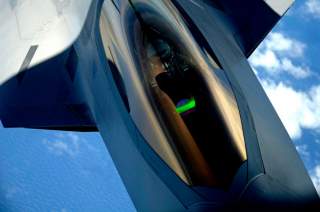Deconstructing the Syria Nightmare
Forget peace in Syria. The international community must instead work to create pockets of more viable security and governance over time.
It is worth noting that two other types of risks associated with this strategy would be no greater, and in most ways probably less, than under current policy. First, there is the matter of U.S. prestige. Some would argue that by declaring itself committed to a change in battlefield dynamics, the United States would lose more prestige if in fact that proved more difficult to achieve than anticipated. But this risk must be measured against the real blow to American credibility that has already resulted from four years of an ineffective policy. Moreover, even partial success would help liberate and improve the lots of millions of Syrians who are now living under ISIL, Assad or anarchy.
Washington is already at war with ISIL—not only as a matter of formal policy but also in the ongoing bombing campaign underway in Iraq and Syria today. ISIL has already demonstrated its lack of restraint in its dealings with the United States in the 2014 beheadings of American hostages within its reach. Its social-media outlets are already trying to encourage lone-wolf attacks against the United States and its civilian population today. ISIL is currently encouraged by a sense of sanctuary and a sense of military momentum. Making Western attacks against ISIL more effective seems just as likely to put the group on the defensive as to occasion new attacks. In acting more aggressively to stabilize Syria and defeat ISIL, the Obama administration would not be plunging America into a new conflict. Instead, it would be recognizing that it is already engaged in one.
Michael O’Hanlon is senior fellow and director of research in the Foreign Policy program at the Brookings Institution, and author of the new book, The Future of Land Warfare. He also teaches at Columbia, Princeton and Syracuse.
Image: Flickr/AirmanMagazine

